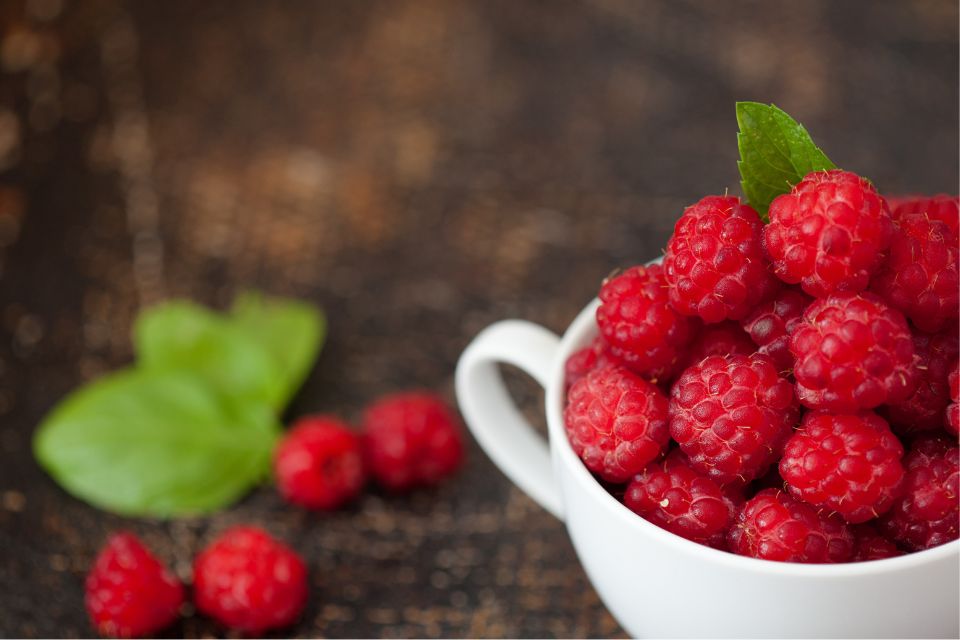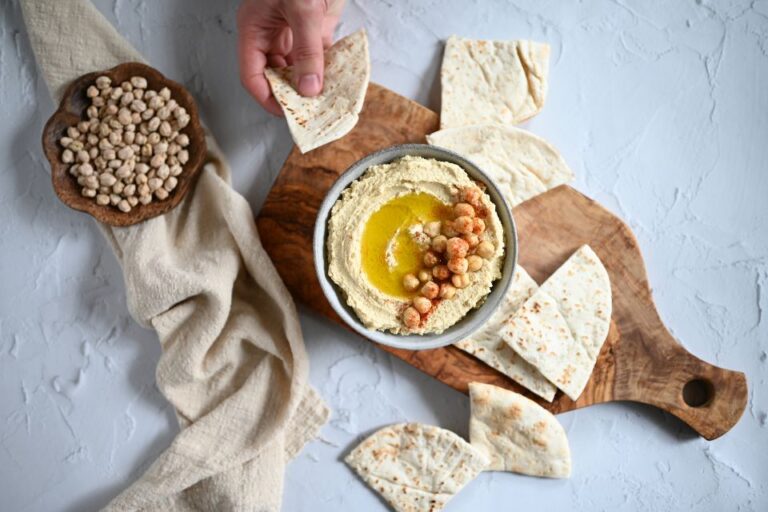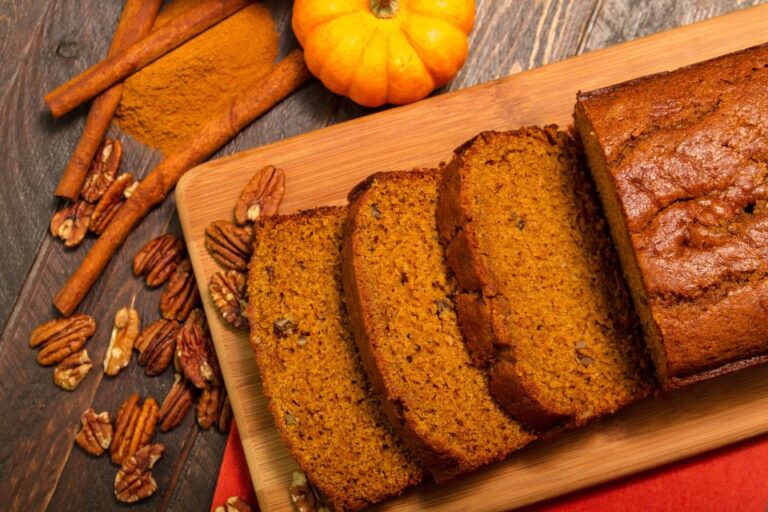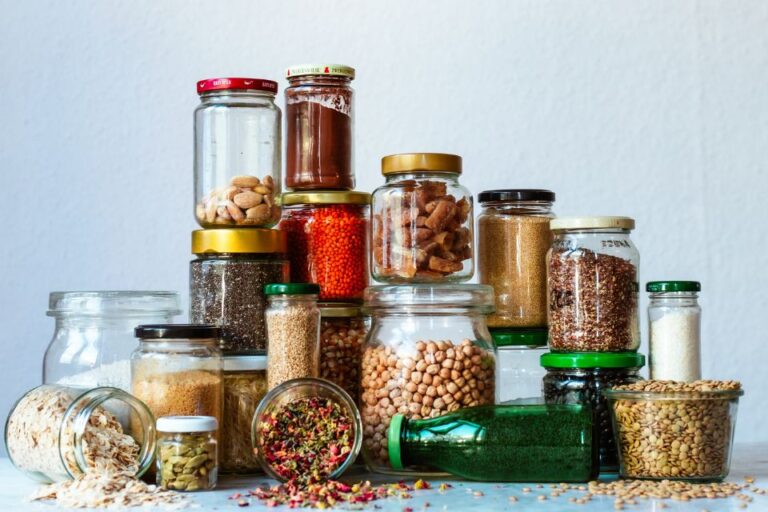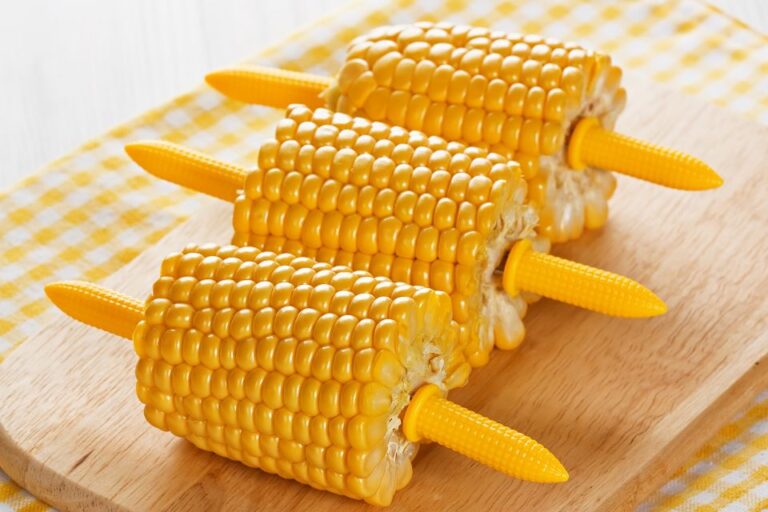The Top 10 High-Fiber Foods
Not only does a high-fiber diet keep us feeling full and help to regulate blood sugar levels, but getting enough fiber in your diet can also reduce the risk of stroke, hypertension, and heart disease.
Unfortunately, in the same way that many of us are missing out on essential nutrients such as vitamins and minerals, reports show that fiber consumption is at an all-time low, with less than 3% of Americans meeting the recommended intake.
Here, we explain the benefits of eating fiber and run through the top 10 most fiber-packed foods.
The Benefits Of Eating Fiber
The body needs fiber to function properly, although it never actually digests it. Fiber comes in two varieties: soluble and insoluble, and most plant-based foods contain a mixture of the two. Soluble fiber slows digestion and helps lower cholesterol and blood glucose, while insoluble fiber helps facilitate bowel movements.
Not eating enough fiber leads to constipation, but eating too much isn’t good either. When foods are passed through the body too quickly, the body absorbs fewer minerals from them.
The ideal amount of fiber each day for those under 50 is 38 grams for men and 25 grams for women, while those over 50 need less – 30 grams for men and 21 grams for women.
The Best High Fiber Foods
Here are some of the best sources of fiber and how to incorporate them into your diet:
1. Lentils
Fiber: 15.6 grams per cup, cooked
While split peas have slightly more fiber per cup, lentils take less time to cook and are more versatile than other legumes.
Plus, they’re a great source of protein and, as a complex carbohydrate, they have the added benefit of helping to increase the brain’s production of the feel-good neurotransmitter serotonin, therefore helping to boost your mood.
Lentils are also high in folate, which is an important mood-boosting B vitamin, as well as iron which means more energy and a faster metabolism.
A great way to include lentils in your diet is to use them in homemade soups and stews. Soak them for a few hours before cooking to make them easier to digest.
Or, take advantage of their meaty taste, add lemon juice, cilantro, and walnuts, and turn them into juicy patties! Other pulses with a high fiber content are black beans and lima beans, with 15 grams per cup and 13.2 grams per cup, respectively.
2. Artichokes
Fiber:10.3 grams per medium vegetable, cooked
Despite packing in more fiber per serving than the other veggies on the list, artichokes don’t often feature in most kitchens, possibly because of their prickly appearance. Try them roasted with lime, garlic, and black pepper to benefit from their high-fiber content and cholesterol-reducing properties.
3. Peas
Fiber:8.8 grams per cup, cooked
Peas are the vegetables with the most protein and pack a good amount of fiber. They can easily be added to soups, stews, and pastas for extra fiber in these healthy versions of your favorite comfort foods.
Pea and ham soup is particularly tasty and super warming for the colder months of the year, and pureed peas with mint also make a great accompaniment to fish and seafood dishes like salmon or scallops.
4. Raspberries
Fiber: 8 grams per cup, raw
It won’t take much convincing to get you to eat more raspberries as they’re basically nature’s candy, but they do pack in a good amount of fiber and plenty of antioxidants and vitamins.
Frozen raspberries make great snacks as they’re like mini popsicles, plus they’re the perfect addition to any smoothie – try them with other frozen berries such as blackberries, which are high in fiber too. Add unsweetened almond milk and a splash of passion fruit juice for a super quick berry blast.
5. Bran Flakes
Fiber: 7 grams per cup, raw
Add those fiber-rich berries to your bran flakes for breakfast, and you’ve got yourself a super fiber hit before the day has barely begun!
6. Whole Grain Pasta
Fiber: 6.3 grams per cup, cooked
Indistinguishable from white pasta but much better for you in terms of fiber and nutrients, whole grain pasta is perfect for bakes and salads.
For an extra fiber hit, add veggies to some whole grain pasta at lunch, and you’ll be full for hours—great for avoiding the afternoon snack attack!
7. Avocados
Fiber: 6.7 grams per half, raw
Avocados really do deserve the title of ‘superfood’ as they’re jam-packed with vitamins, healthy fats, and fiber.
If you’re a fan of avocados, then you probably include them in everything, but in case you’re new to this versatile fruit, then they work especially well in salads to add a contrast of creaminess, can be mashed with condiments for a dip, or even eaten on toast.
8. Pears
Fiber: 5.5 grams per medium fruit
If you feel like a change from apples, try a pear and get more fiber per serving, too – but remember, just as with apples and potatoes, to get the most fiber from pears, you need to eat the skin.
9. Broccoli
Fiber: 5.1 grams per cup, cooked
Like peas, broccoli packs in protein as well as fiber, so it keeps you feeling fuller for longer – perfect to help suppress your appetite and stop you from mindless snacking.
If years of having to eat soggy broccoli as a child puts you off this versatile veggie, then try it in a stir fry to appreciate its natural crunchiness.
10. Oatmeal
Fiber: 4 grams per cup, cooked
Thanks to the magic of fiber, participants in a study found that a bowl of oatmeal for breakfast left them feeling more satisfied and less hungry than those who ate the same amount of calories in cereal.
And oatmeal is a perfect base for adding protein-rich nuts and seeds, metabolism-boosting cinnamon, or other fiber-rich fruits.
Fiber is essential for good health and plays an important role in losing weight; by adding more fiber to your diet, you will keep hunger at bay for longer, regulate blood sugar levels, and boost your metabolism to give you more energy.

